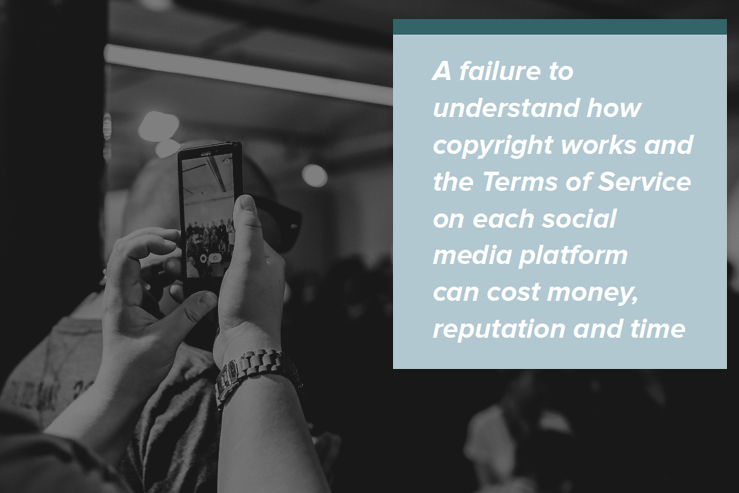For case studies, best practices and a review of how copyright and fair use laws apply in different countries, download our latest report.
Newsgathering on social media raises a wide range of ethical, managerial and legal questions. The goal of our latest report is to clear up confusion around copyright law and give readers an understanding of how it applies to photographs and videos captured at the scene of a news event. We highlights some of the pitfalls news organisations should avoid when looking to use this eyewitness media in their reporting and also look at six countries — the UK, US, Germany, France, Finland and Australia — and discuss the unique challenges that apply to each jurisdiction with senior executives and editors.
A study on the use of eyewitness media by broadcast news outlets published in 2014 noted that “a lack of precedent, deliberately vague terms and conditions used by social networks, and ignorance on the part of uploaders cause real confusion.” In the time since this research was conducted and published, much remains the same.
 However, eyewitnesses are increasingly aware of their rights as content creators and are speaking out when they feel those rights have been violated. For example, Alfonzo Cutaia, who posted a video to YouTube depicting a time lapse of a storm in Lake Erie and claimed that the video was used by CNN and CBC without his permission. Cutaia, who is a lawyer, brought several cases to court alleging copyright infringement. “The most frustrating part was the lack of technical tools available to me for policing the unauthorised use of my video,” he explained. “So, I decided to use the tools of my trade instead.”
However, eyewitnesses are increasingly aware of their rights as content creators and are speaking out when they feel those rights have been violated. For example, Alfonzo Cutaia, who posted a video to YouTube depicting a time lapse of a storm in Lake Erie and claimed that the video was used by CNN and CBC without his permission. Cutaia, who is a lawyer, brought several cases to court alleging copyright infringement. “The most frustrating part was the lack of technical tools available to me for policing the unauthorised use of my video,” he explained. “So, I decided to use the tools of my trade instead.”
Cutaia’s case, and others featured in the guide, illustrate that a failure to understand and respect how copyright works can cost money, reputation and time. An understanding of each social media platform’s Terms of Service and how these apply to news situations is crucial.
Here are key points to know about copyright before using user-generated content in your reporting:
- Verify the content creator; the person who pushed the button is the copyright holder.
- Social media platforms do not own the copyright.
- Embedding content (we use embedding to mean actively using an embed code to display and link back to a social media post, and feature any media it contains) on your website without permission is not a copyright infringement. However, many ethical considerations apply, such as the intended audience of the uploader and whether their privacy, security or ownership rights may be compromised.
- Embedding content that has been posted without the consent of the copyright holder is likely to be an infringement. Ask the uploader.
- Scraping, or removing a piece of content from its original platform and running it as your own is copyright infringement. This includes screengrabs.
- When requesting permission to use content use clear, uncomplicated language and explain how and when the content will be used.
- A common misconception is that “fair use” is a reliable legal defense when working with eyewitness media, however, specific and important restrictions apply depending on jurisdiction and relating to type, newsworthiness, attribution and whether the content is already accessible to the public. Fair use should only be explored (with appropriate legal assistance) as a last resort once all efforts have been made to secure permission to use an eyewitness photograph or video.
- Every country has its own interpretation of “fair use.”
See also our first handbook, A Journalist’s Guide to approaching Social Sources.
UPDATE: This post has been revised to provide clarity around certain aspects of copyright law, the complex details of which could potentially be misunderstood in our effort to summarise into bullet points. Key edits include a description of embedding content and an extended explanation of the limitations of a fair use defense.






